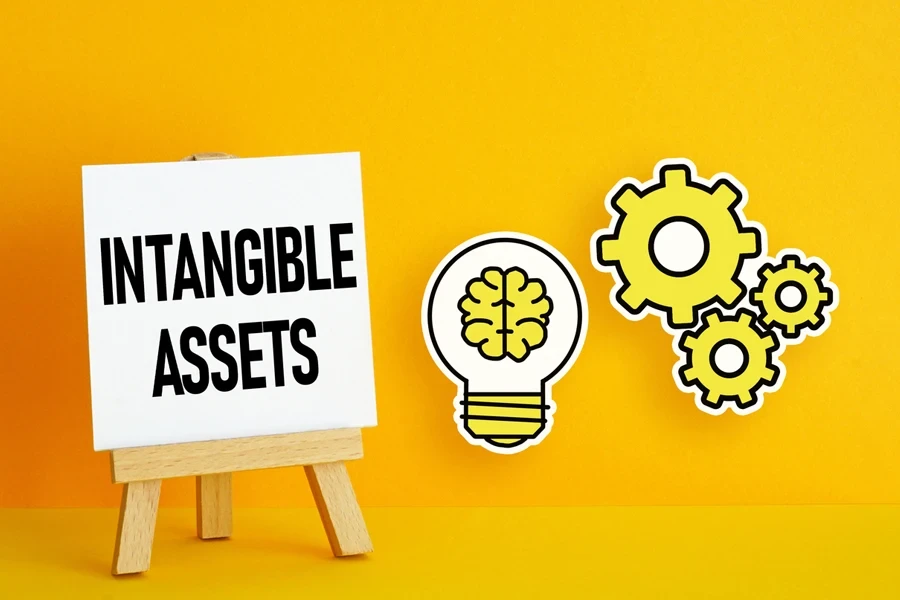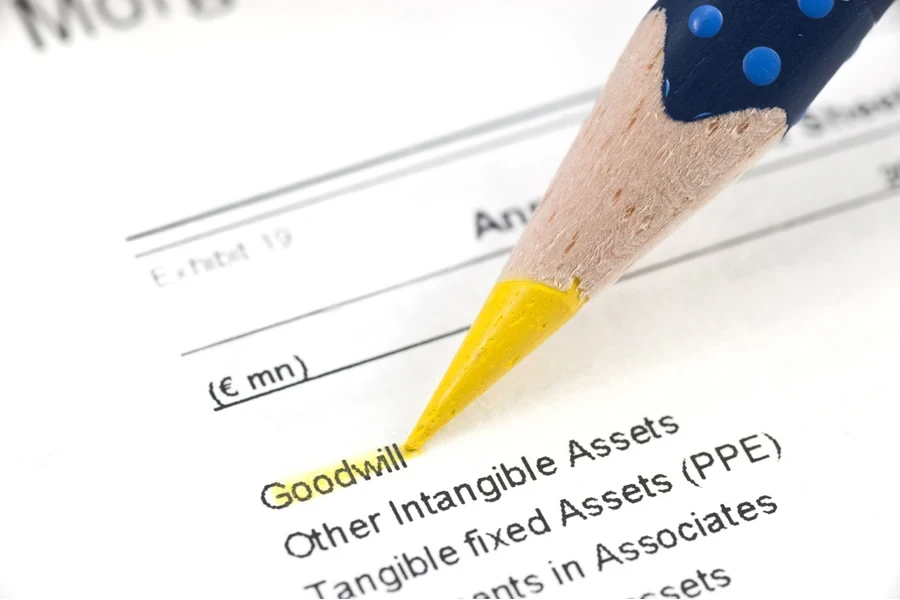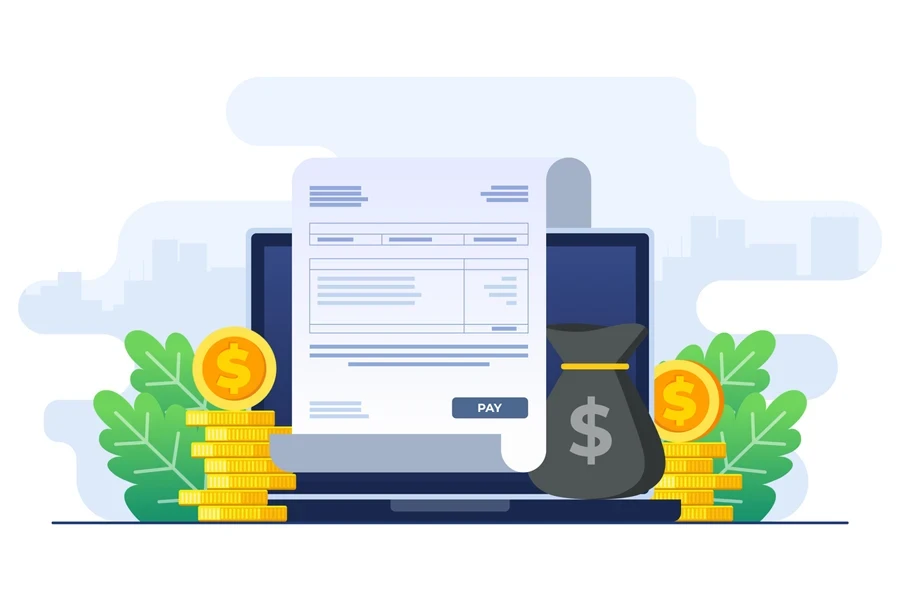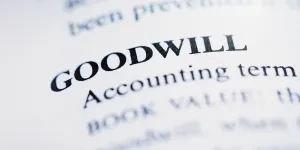If you’ve ever looked at the staggering sums paid in major mergers (like AT&T’s acquisition of Time Warner), you might have wondered, “Why on earth did they pay so much more than what Time Warner’s net assets were worth on paper?” The short answer often lies in a concept called goodwill. But goodwill in accounting isn’t about warm fuzzies; it’s an intangible asset that shows up when a company is purchased for more than the sum of its identifiable parts.
This guide will explain goodwill accounting, how to calculate it, and why it matters in business deals. Consider it your all-in-one resource for everything you ever wanted to know about goodwill in accounting (and maybe a little more).
Table of Contents
What is goodwill in accounting?
5 examples of goodwill
Real-life illustration
Goodwill vs. other intangibles
Why companies pay a premium for goodwill
A look at the goodwill formula
Practical example
How goodwill shows up in financial statements
What is negative goodwill (a.k.a. bargain purchase)?
Why does goodwill get so large?
Final thoughts
What is goodwill in accounting?

Goodwill generally represents the premium a buyer pays over and above the fair value of a company’s net identifiable assets. These net assets include physical assets like real estate or machinery and intangible assets like patents or trademarks. Since certain qualities (like brand loyalty or an innovative workforce) are harder to put a price tag on, goodwill captures those qualities that remain after you’ve accounted for everything else in black-and-white numbers.
5 examples of goodwill
Goodwill can boost a company’s net assets in many ways. Here are five of them:
- Skilled employees: The talent and skills of a company’s workers are a valuable asset. A capable team that consistently develops new ideas will increase the company’s chances of growing and making more money after a sale.
- Reputation: A good reputation makes it easier for a business to attract top talent, expand into new markets, earn positive reviews, and build customer trust.
- Customer loyalty: Accountants also consider customer loyalty when deciding a company’s value. A business with a passionate fan base or a steady group of long-term customers who trust the brand will be more valuable.
- Insider knowledge: Some companies have special know-how that gives them an edge, especially skills and experience that aren’t easy to find. This is especially true in technical industries like manufacturing or mining, where it takes a lot of training and expertise to get started.
- Brand recognition: Some brands are so well known that people use their names to describe an entire product category (e.g., Band-Aid for any sticky bandage). A recognizable company is naturally more valuable because the brand itself will help attract more customers and sales.
Real-life illustration
Let’s imagine you’re buying your local bakery. On paper, the ovens, the refrigerators, and all the baking equipment might be worth $200,000. The shop also has some modest debt—let’s say $50,000. Subtract that from the assets, and you get a net asset value of $150,000.
But if the bakery has a stellar reputation, a loyal customer base, and a strong social media presence, you might be willing to pay $200,000. That extra $50,000—above the $150,000 net worth of tangible things—reflects the intangible magic of the bakery’s brand and community goodwill.
Goodwill vs. other intangibles

It’s easy to confuse “goodwill” with other intangible assets, but they’re not quite the same. Here are other examples of intangibles and how they differ:
- Identifiable intangible assets: These include patents, software licenses, domain names, or customer contracts. They’re separable from the business, meaning you could, in theory, sell off a patent even if you don’t sell the rest of the company.
- Goodwill: This covers intangible elements that aren’t so easily carved out. You can’t take a business’s reputation, put it in a box, and sell it to someone else. Likewise, you can’t slice away from a company’s core without an excellent workforce or a well-loved brand image. That’s why goodwill remains lumped together as one premium figure.
Why companies pay a premium for goodwill

If you’re the person with the checkbook, you’ll only pay extra if you believe those intangible qualities will lead to bigger profits in the future. Perhaps the target company has a cult-like following among customers, or their employees are top-tier experts. Or maybe the brand name resonates so strongly that you can expand into new markets more easily. These factors are often invisible on a balance sheet until an acquisition forces the question, “What’s this truly worth?”
A look at the goodwill formula
When you break down the math, you can see how goodwill shows up:
Goodwill = Total Acquisition Cost − (Fair Value of Assets − Fair Value of Liabilities)
Here’s how it works:
- Start with the purchase price (everything you paid—this might include cash, stock, debt assumption, and so forth).
- Subtract the net value of the company you’re getting (the fair value of the target’s assets minus its liabilities).
- What is left over is goodwill—the intangible premium that suggests the seller’s intangible strengths will continue to pay dividends.
Practical example
Suppose you acquire a small tech startup with the following details:
- Purchase price: $5 million
- Fair value of tangible + Identifiable intangible assets: $3 million
- Fair value of liabilities: $1.2 million
The net identifiable assets come to $1.8 million ($3 million minus $1.2 million). If you paid $5 million for everything, then:
5,000,000 − 1,800,000 = 3,200,000
That $3.2 million is goodwill. You’re saying, “I see more potential here than what’s listed in official valuations of things like laptops and software licenses.”
How goodwill shows up in financial statements

Under most accounting frameworks (U.S. GAAP or International Financial Reporting Standards), goodwill doesn’t appear on a balance sheet until somebody wants to purchase a company. Here’s how it’s handled:
- On the acquirer’s balance sheet: Once you buy that bakery or tech startup, goodwill appears as a line item under the “Intangible Assets” section (though sometimes it’s just labeled “Goodwill” on its own).
- No routine amortization (under GAAP): You typically don’t systematically expense goodwill over time. Instead, you must test it annually (or whenever something significant happens) to see if it’s still worth the amount on the books.
- Impairment tests: If there’s evidence the value dropped (maybe the brand took a PR hit or a key technology no longer seems so special), the buyer will do an impairment test. They’ll record an impairment charge to reflect the loss of goodwill is overvalued.
What is negative goodwill (a.k.a. bargain purchase)?
Occasionally, a buyer scoops up a company for a price below the fair value of its net assets. Experts often call such situations negative goodwill or a bargain purchase. Instead of creating a goodwill asset, the accounting rules typically require recording an immediate gain on the income statement.
Why does goodwill get so large?

Goodwill can balloon to eye-popping amounts, especially in industries like tech, entertainment, or luxury retail. Think of a startup like Instagram, which sold to Facebook (now Meta) for US$ 1 billion in 2012 when its physical assets (servers, laptops, desks, coffee machines) wouldn’t have come close to that number. The real value was in the user base, the engagement, and the brand recognition. Put plainly, intangible stuff sometimes dwarfs the value of tangible goods.
Final thoughts
Goodwill accounting might sound abstract at first. After all, it tries to quantify intangible qualities like reputation or customer loyalty—things most of us would acknowledge have value but can’t easily be measured in a neat ledger. Yet, understanding goodwill is important for anyone involved in mergers, acquisitions, or even day-to-day company valuations.
It clarifies why some buyers pay sky-high prices and forces companies to keep tabs on whether those intangible assets are still worth their initial estimates. When you see a “goodwill” line item in a company’s financial statements, remember it’s not just an accountant’s contrivance. It’s a snapshot of what a buyer thought it was getting regarding brand strength, relationships, and future earning potential—elements that often make or break a deal in today’s hyper-competitive markets.




